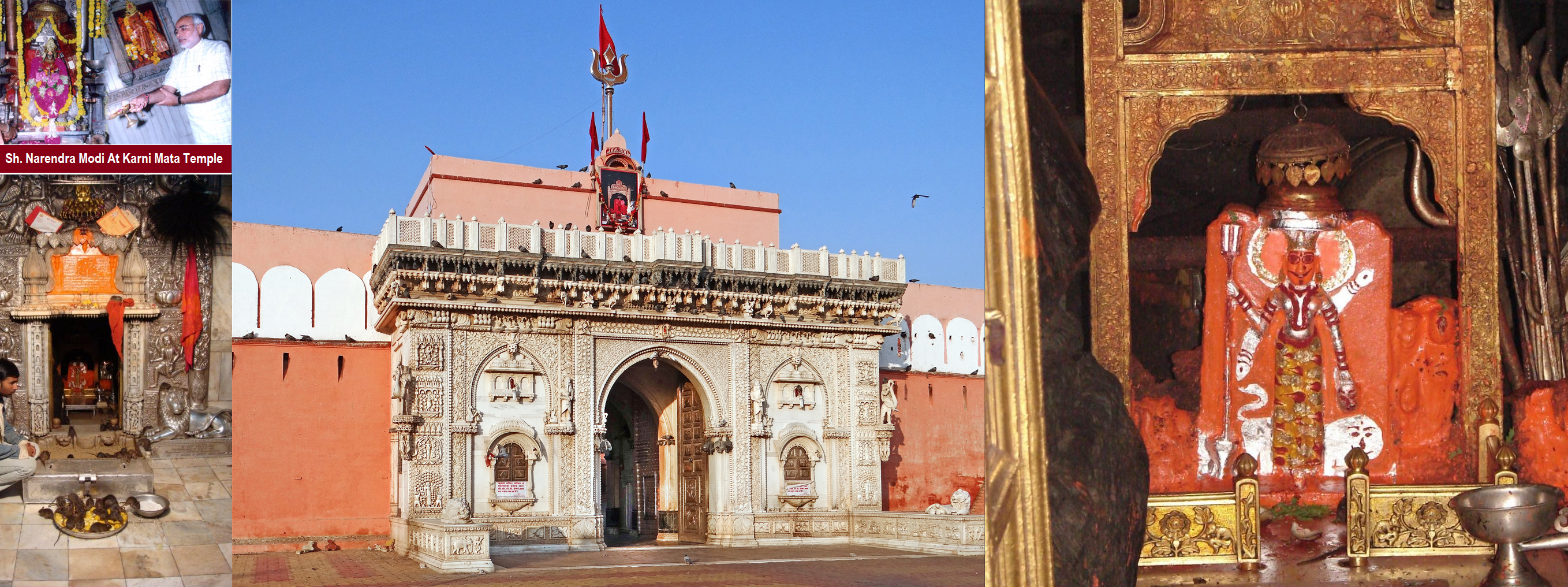Charan is a caste living in the Rajasthan, Gujarat and Madhya Pradesh states of India and Sindh state of Pakistan.
Charans are similar to Rajputs and follow same style of living. In ancient and medieval times Charans were treated as Gods where as the Rajputs were the kings. Many deities were born into Charans such as Avad, Karni and the famous Khodiyar. For centuries they are well known for their excellence in bravery and for deep literary sense. The Charans are also known as Deviputras ( sons of Godesses). The members of this caste are considered to be divine by a large section of society. Women of the caste were adored as mother goddesses by other major communities of this region including Rajput kings. The goddesses Hinglaj Mata, Aavad Mata, Tanot Mata, Karni Mata, Bahuchara Mata, Khodiyar Mata, Mogal Mata and Sonal Mata are well-known examples of Charan Maha Shakti mothers. Kings gave the caste grants of villages, and various kings also gave them Lakh Pasavs, large gifts equivalent to 100,000 rupees that usually consisted of elephants, money, and ornaments. The kings would also invite them to occupy a place in the royal courts. A Rajput’s regard for a Charan was uppermost. Because of their ability to compose poems instantaneously, another popular way of addressing members of the Charan caste is “Kaviraj”, which literally means “king among poets”. Apart from the Rajputs, Charans alone are considered as Thakur and Banna ( a word of respect for the prince) in the princely states of India. Due to their examplery bravery Charans of Charan Samaj, Charan Caste / Charan Community were always posted in the front lines of attack of the medieval Rajput armies.
Food and drink of Charan Samaj | Charan Caste in India
Their eating and drinking habits resemble those of the Rajputs. Charans used to enjoy consumption of opium and drinking of liquor, practices which are also popular among the Rajputs of this region. The people of Charan Samaj do not eat the flesh of cows and hold those who do in utter disregard. Cows are respected like mothers. Before Indian independence in 1947, a sacrifice of a male buffalo constituted a major part of the celebration of Navratri. Such celebrations quite often used to be presided over by Charan woman.
Charan Samaj | Charan Caste’s Contributions in literature of India
Literature and poems are an integral part of the identity of Charans. A whole genre of literature is known as Charani literature.The Dingal language and literature exist largely due to this caste. It is generally agreed that modern Rajasthani literature began with the works of Suryamal Misran, who was of the Charan caste. Zaverchand Meghani divides Charani sahitya (literature) into thirteen subgenres:
- Songs in praise of gods and goddesses (stavan)
- Songs in praise of heroes, saints and patrons (birdavalo)
- Descriptions of war (varanno)
- Rebukes of wavering great kings and men who use their power for evil (upalambho)
- Mockery of a standing treachery of heroism (thekadi)
- Love stories
- Laments for dead warriors, patrons and friends (marasiya or vilap kavya)
- Praise of natural beauty, seasonal beauty and festivals
- Descriptions of weapons
- Songs in praise of lions, horses, camels, and buffalo
- Sayings about didactic and practical cleverness
- Ancient epics
- Songs describing the anguish of people in times of famine and adversity
In between social order of the Rajputs and the status of the Brahmans there is a caste of Charans which exercises a great respectability and influence in Rajasthan. The speciality of the caste is that it combines in its characteristics of Rajputs and Brahmans in an adequate manner – G. N. Sharma in Social life in medieval Rajasthan | Charan Samaj
Other classifications of Charani sahitya are Khyatas (chronicles), Vartas and Vatas (stories), Raso (martial epics), Veli – Veli Krishan Rukman ri, Doha-Chhand (verses).
Another form of Charani literature is the chirajaa, or song of Charan Maha Shakti mothers’s worship. Other minor forms are aaranya and zilaniyu, which are also songs for worship.

